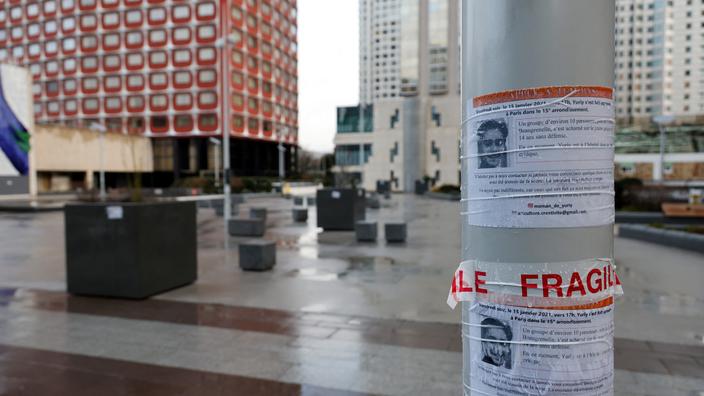The government presents this Wednesday a series of measures to fight against the brawls between young people, which have plunged France several times since the beginning of the year.
According to the Ministry of the Interior, 357 clashes between gangs had been recorded in 2020, up nearly 25% from the 288 recorded in 2019. Sunday evening in Rouen a 16-year-old teenager was killed during a brawl between rival gangs.
To read also: Brawls between rival gangs in Essonne: "The nature of violence has changed, but not our laws"
This renovated plan to fight against gangs, expected since May 1, was announced in early March after two violent brawls in Essonne where a schoolgirl and a 14-year-old schoolboy had been killed. "
Faced with the increase in increasingly violent clashes, the rejuvenation of the audiences involved and the impact of social networks and instant messaging
", the plan aims to "
prevent the appearance of violent groups
", to "
strengthen the monitoring and police action
"and"
to improve judicial and penal responses
", explains Matignon in a press release.
What is it?
The plan, which brings together eleven ministries under the authority of the Prime Minister, is still unclear, but its main lines of thought are now known, as are some concrete decisions:
• The extension of reception hours at leisure centers until 8 p.m. will be encouraged in “areas
marked by long commuting times between home and work
”,
• Social worker positions in police stations and gendarmeries could be created.
The "
development
" of mediators at school will also be "
encouraged
", according to the statement.
• On the administrative side, the executive also intends to develop local groups for the fight against delinquency (GLTD), on the model of that set up in Paris which brings together the police, town hall and educational services under the aegis of the prosecution. .
According to LCI, an information unit on minors in difficulty will be created in town halls.
• A “
reinforced watch of social networks and instant messaging
” will be put in place to “
exploit the precursor signals of abuses
” and collect information on “
protagonists and modus operandi
”.
The plan also calls for "
reinforcement of surveillance and presence on public roads
".
• The government also encourages the police to mobilize all investigative techniques (video surveillance, operation of mobile phones or technical and scientific police) and to contact specialized investigative services when the facts permit.
• Regarding repression, the government seems to want to promote certain legal measures such as publication bans in order to "
put an end to group dynamics
", community service (TIG) or the obligation to follow an education or a training as part of a judicial review.
As a reminder, during the case of the violent attack on young Yuriy, the mayor of the 15th arrondissement of Paris Philippe Goujon recalled that the police and the prosecution had requested, in the months preceding the attack, sixteen prohibitions from appearing for young people with problems.
A sentence rejected each time.
To read also: Brawls: what is the “ban on appearing” mentioned by the government?

